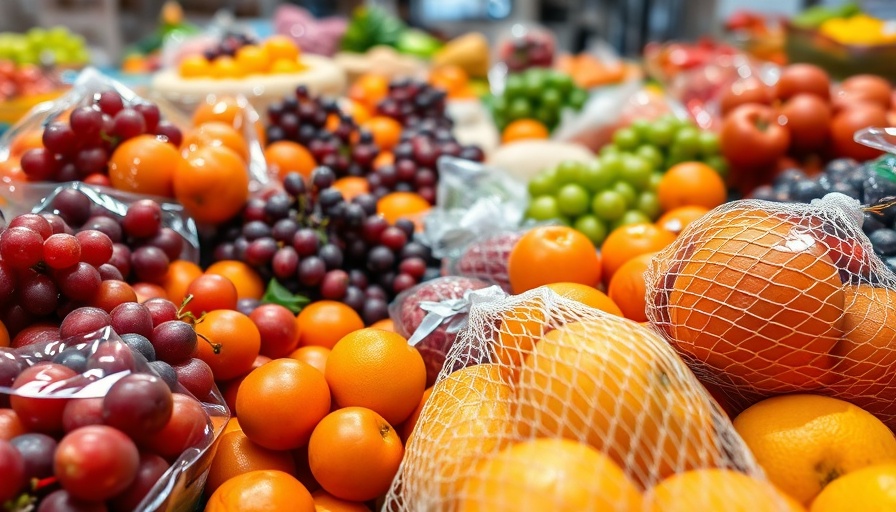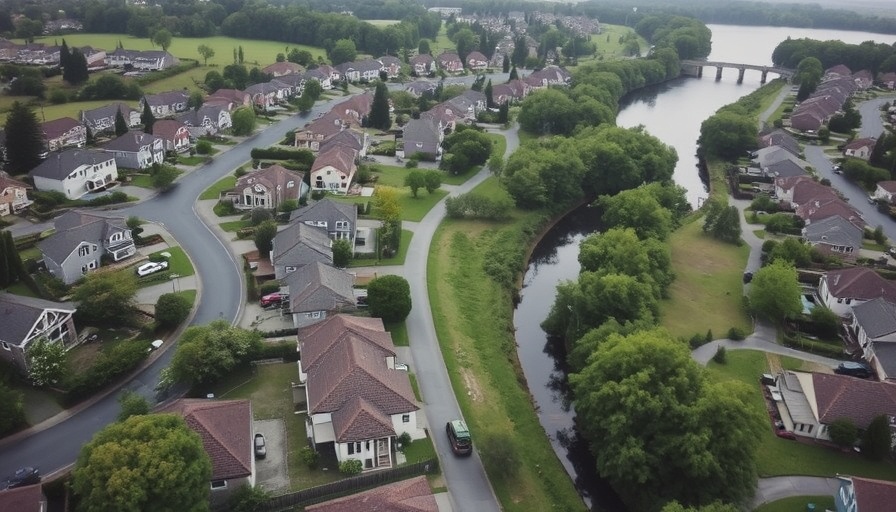
The Impact of Federal Funding Cuts on Local Hunger Relief
As communities brace for imminent changes in federal funding, entities like the Second Harvest Food Bank of Central Florida face an unsettling reality: significant reductions in resources that directly affect the delivery of food assistance to thousands of families in need. Recent budget cuts from the U.S. Department of Agriculture are projected to drastically limit food supplies, making it increasingly difficult for nonprofit organizations to fulfill their missions.
In 'Second Harvest Food Bank bracing for funding cuts,' the discussion dives into the food insecurity crisis triggered by federal funding reductions, prompting deeper analysis on our end.
Understanding the Scale of Food Insecurity
Every day, over half a million families in Central Florida rely on food assistance; this includes low-income families, the homeless, and those caught in difficult circumstances. The Second Harvest Food Bank, known as the region's largest charitable food provider, distributes over 83 million meals annually. With potential losses of around a million pounds of high-protein items, such as chicken, milk, and eggs, the stakes have never been higher.
A Closer Look at the Funding Freeze
The federal funding cuts stem from a freeze on the Commodity Credit Corporation (C.C.C.) initiated by President Donald Trump, which affects various agricultural programs, including the Emergency Food Assistance Program. This freeze means that food, which the government typically purchases directly from farmers to distribute to organizations like Second Harvest, is no longer guaranteed. In short, without these provisions, vital supplies are at risk.
Local Response and Community Resilience
In light of these challenges, the response from the Central Florida community is crucial. Leaders of the Second Harvest Food Bank are optimistic that the paused funding will eventually be restored, yet they are also preparing contingency plans. "We are going to come up with that food one way or another, because people have to eat in Central Florida," emphasizes a representative from the organization. This resilience speaks to a deeper communal values during times of crisis.
Historical Context: The Role of Food Banks in Emergencies
Food banks have historically served as a bulwark in crises, drawing on community support to ensure food security. Looking back, during natural disasters or economic downturns, like the 2008 financial crisis, organizations similar to Second Harvest ramped up their efforts, showcasing not only their logistical capabilities but also the critical support they provide to their communities.
Possible Solutions – Diverse Perspectives
What could be done at the local and federal levels to prevent such dire situations in the future? Some suggest re-evaluating budget priorities to ensure that food assistance programs receive the necessary funding they require. Others advocate for strengthening local agricultural programs to facilitate a more sustainable food supply chain that could potentially offset losses from federal funding. While there are differing approaches, the goal remains clear: ensure food security for those in need.
Future Predictions: What’s Next for Hunger Relief?
As budget deliberations continue, the possibility of future funding cuts looms large. Experts urge community members to stay informed about political developments that may impact hunger relief initiatives. Increased advocacy and community organizing may also play pivotal roles in shaping policy outcomes that directly affect local food banks. The situation requires continuous engagement from residents and stakeholders alike.
Actionable Insights: How Residents Can Help
In troubling times, it’s vital for local residents to get involved and support initiatives for hunger relief in their community. Volunteering time at food banks, donating money or food items, and advocating for policy changes with local representatives can make a meaningful impact. Every small action contributes to a larger effort to ensure that families can access the nutritious food they desperately need.
With the fate of funding yet to be determined, one thing remains certain: communities like Central Florida will find ways to rise to challenges, ensuring that their neighbors do not go hungry.
 Add Row
Add Row  Add
Add 






Write A Comment